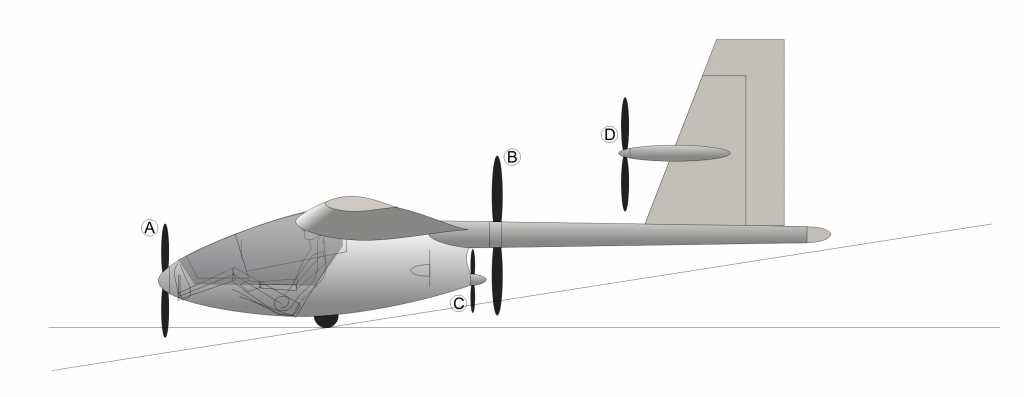Hi Cesare,
I can't claim to be an expert in the area (either as a builder or in adding power) and I am still working on my first all-Carbon Dragon, but one of my plans (after I get it flying) is to analyse the loads and stresses associated with adding an electric motor and batteries to the CD, and what effect this will have on the centre of gravity. I am planning on redesigning the pilot pod anyway (along the lines of the Swift Lite - aluminium tube structure with clip-on fairings) and I don't think it would take much to include hard points for mounting the motor and batteries.
Icaro in Italy have recently released an electric version of the Swift Lite with a folding prop and it seems to work well... but this is a tail-less glider!
In its current configuration the Carbon Dragon pilot pod is not suited to adding power - it's too low to the ground to add a prop on the nose and the tail boom prevents installation there also. Any redesign would mean raising the height of the wing and tail boom aboce the ground to give sufficient clearance, which is certainly an option. It would allow you to place a motor in the nose more easily and have the added benefit of taking the pilot's head out from inside the wing, improving visibility considerably. I like the Silent's folding nose prop - it seems to fold back into molded recesses in the nose cone (perhaps held in by magnets?) for a very streamlined finish.
I did come across a few photos of a motorised Carbon Dragon, called the Alnair some years ago. The builder had a single pusher-prop sticking out of the trailing edge of one wing - off axis. I don't have any idea how it performed, but with the modern, compact brushless DC motors that are available today there's no reason why you couldn't mount a pair of these, on the main wing spar (after beefing it up a little) either side to keep the thrust symmetrical. It would also allow you to use smaller motors and shorter props to get the same thrust (with a small weight penalty.) In fact this might be the simplest solution all round.
Keep in touch and let us know where your research takes you!
All the best,
Phil.
edit - more photos here:
www.ihpa.ie/carbon-dragon/images/carbon-...%20%28CD%20clone%29/ 
